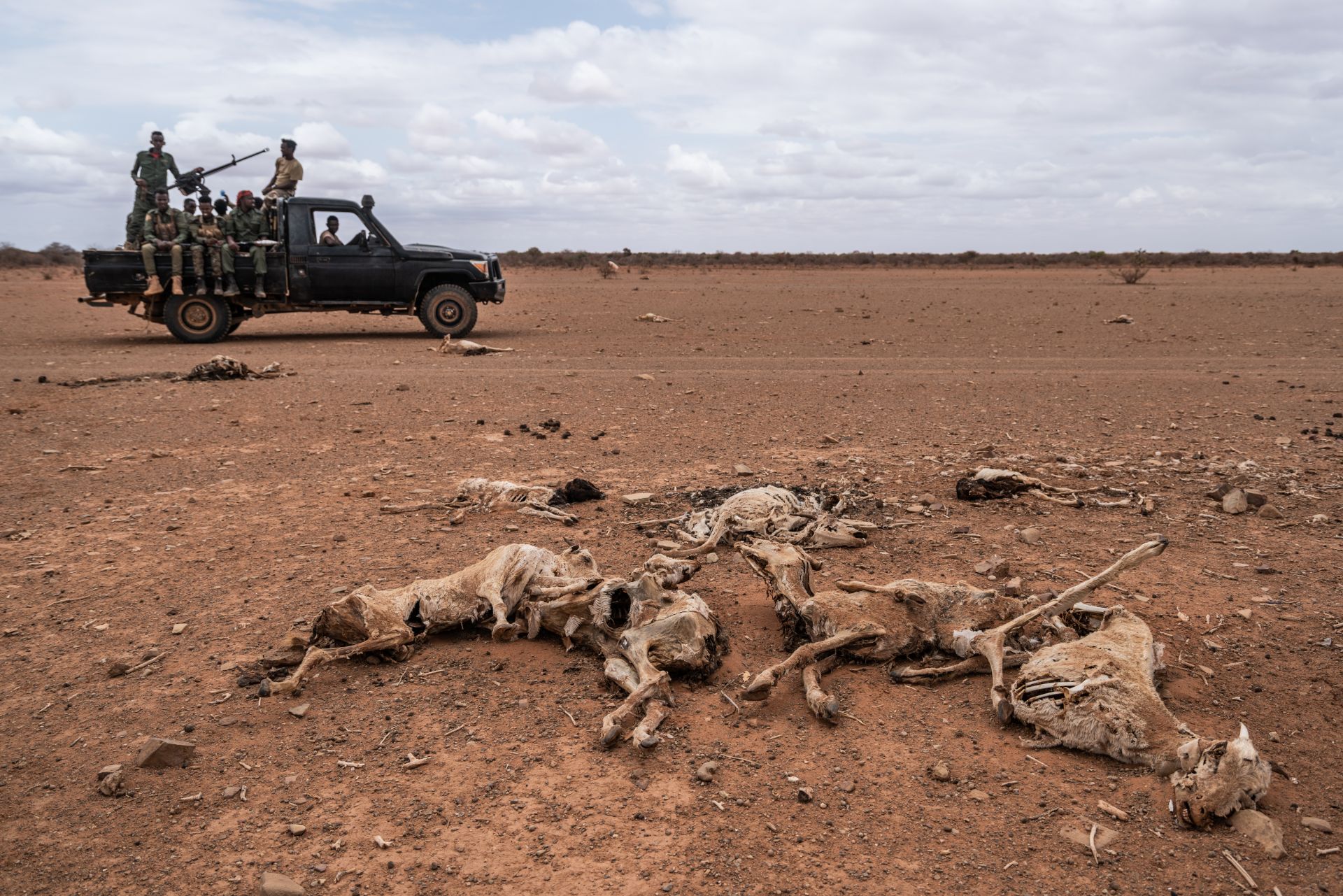Nobody can predict the future, and warfare is particularly unpredictable. Nonetheless, the stakes involved are too high not to try. Attempts to understand what tomorrow’s wars might look like, and what futuristic weapons will be used to fight them, have long captured the imaginations of military planners, science fiction authors and the general public alike. But, says Mike Martin, a former British Army officer, “technology is often someone we focus on, but it’s actually a bit of an addition.”
As the author of the book “How to Fight a War,” Martin has spent a lot of time thinking about what it is that makes the difference between victory and defeat. “There are four things that if you get them right, you’ll win,” he tells New Lines magazine’s Lydia Wilson. “And they are strategy, logistics, morale and training.”’
The importance of those basic principles hasn’t changed, he says, and perhaps never will. But the process of implementing them has. Logistics is a good example. During the Second World War, the United States military used roughly a gallon of fuel a day for every soldier. By the time of the American invasions of Iraq and Afghanistan Wars, that number had increased to sixteen gallons per soldier.
“Militaries are not sustainable. They are not eco-friendly,” Martin says. “Wars are incredibly carbon-intensive.”

“Wars are incredibly carbon-intensive.”
That poses a fairly serious problem when climate change is already at a tipping point. But weaning an army off oil is no easy task, and attempting to do so would mean putting yourself at such a disadvantage that no military could seriously contemplate it. Modern military vehicles are incredibly fuel-hungry, and while electric vehicles are increasingly viable for civilian purposes, the demands of warfare are simply beyond the technology’s current capabilities, he explains. “It’ll just get wiped out by hydrocarbon vehicles, because they just perform at a much higher rate.”
But climate change has even bigger implications as a driver of conflict.
“I think we already are seeing conflicts around climate change,” Martin says. “And these are only going to get worse.”
He points to the ongoing conflict in the Sahel as an example, where the devastating effects of climate change on rural communities, especially around the dramatically shrinking Lake Chad, have been deftly exploited by extremist groups. France’s intervention in the region ended last year, having failed to achieve its objectives.
“They didn’t understand the problem that they were facing,” Martin says. “They treated it as a counterterrorism problem, rather than the problem of collapsing ecosystems.”
As climate change intensifies, the pressures will only intensify with it — and they won’t be confined to a single region.
“These are problems that we’re not really solving,” Martin reflects. “I think many people are going to get quite desperate over the next 30 years.”
Produced by Maggie Martin


